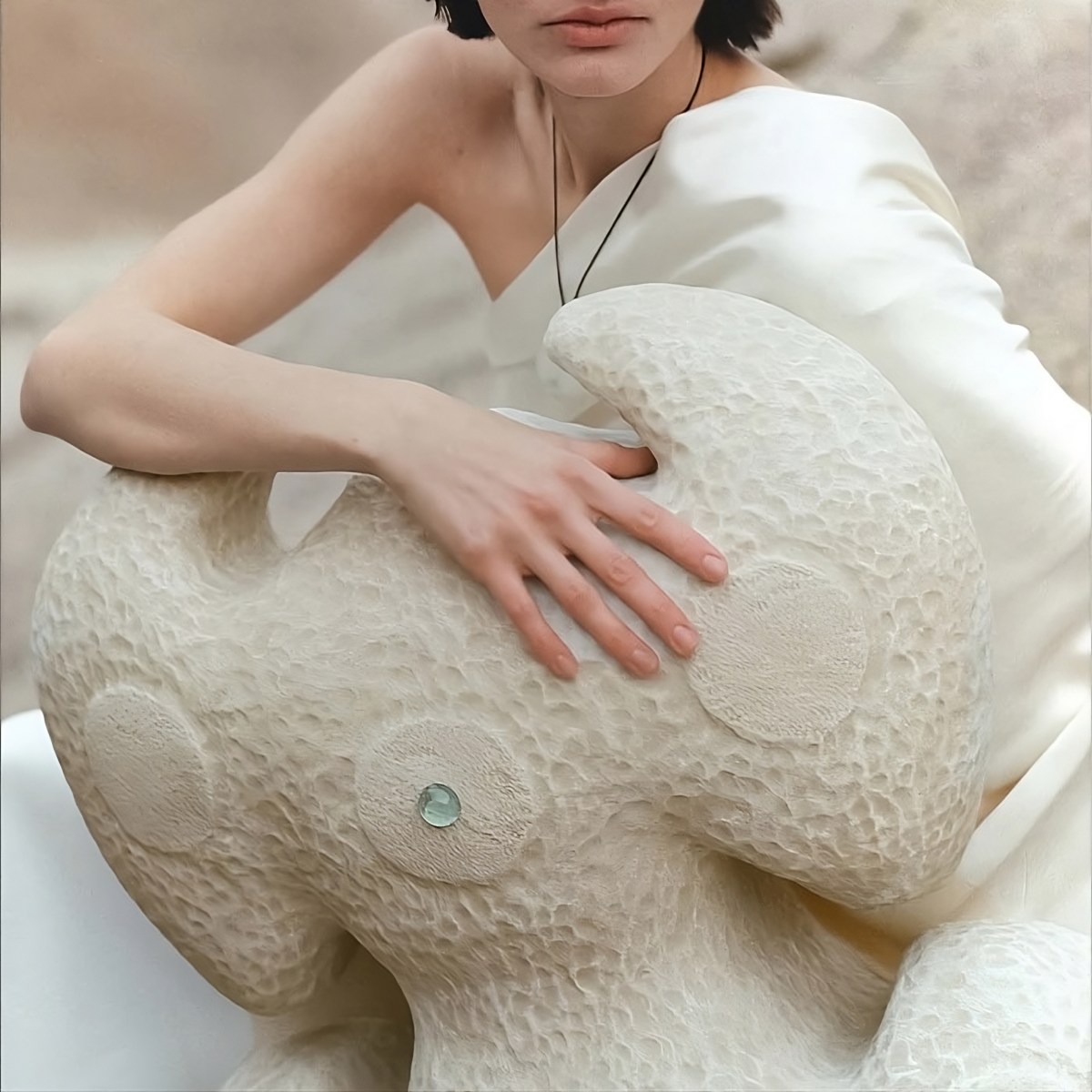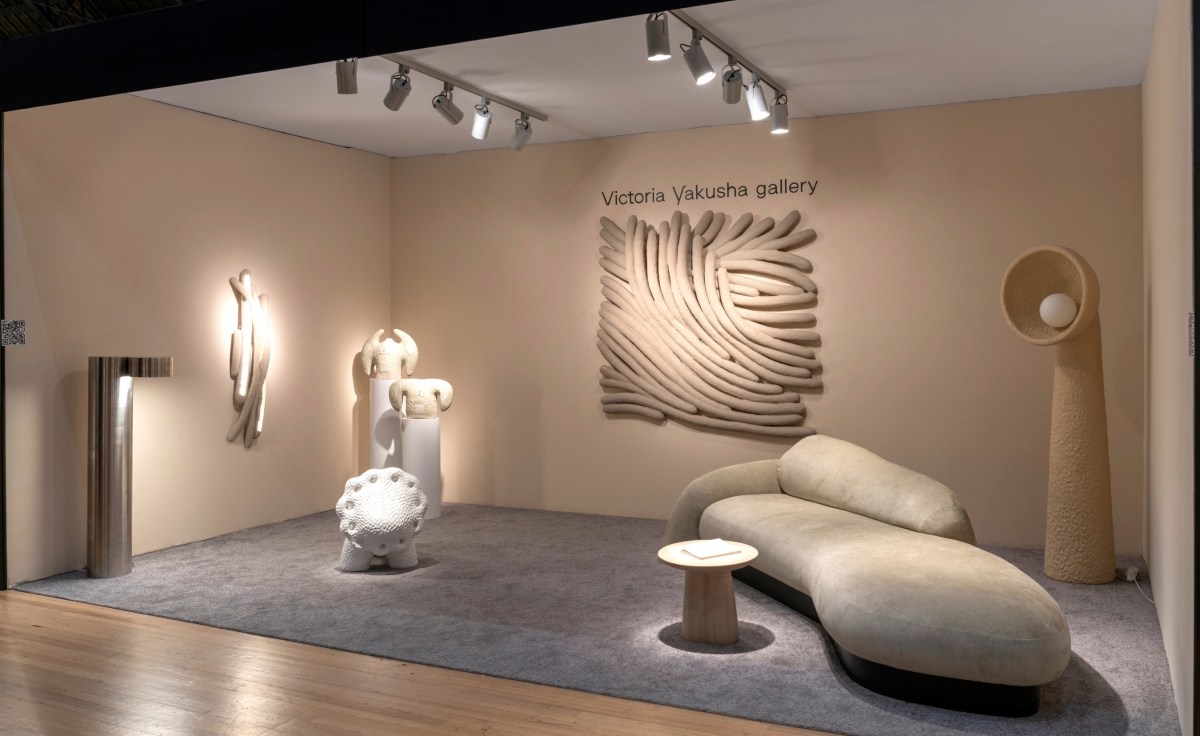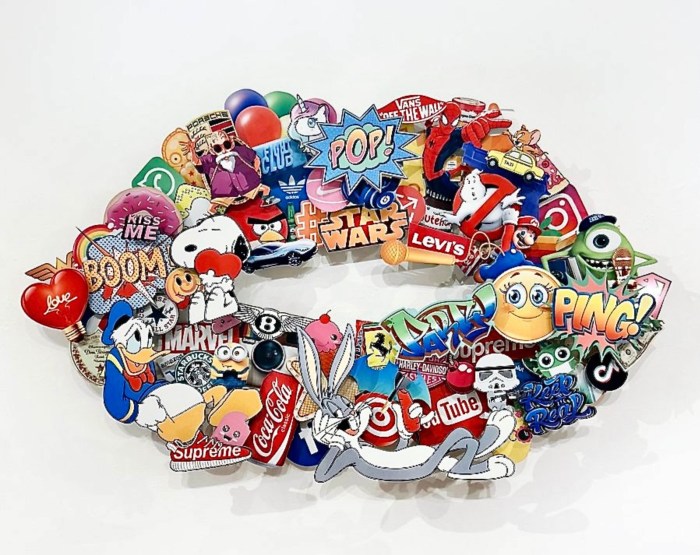In a city where concrete hums with its own kind of rhythm, Salon Art + Design stepped in to shake things up last week, transforming New York’s Park Avenue Armory into a playground of form, texture, and history.
Under the fresh vision of Executive Director Nicky Dessources, the fair’s 13th edition marked a thrilling blend of past and present. With nearly 50 exhibitors spanning vintage, modern, and contemporary design—and a special focus on emerging voices—Dessources invited us to see design through a wider, more daring lens. Tradition met innovation, creating a platform where design’s storytelling power took center stage.
Among the grand cast of exhibitors, there was Victoria Yakusha, the cherry-cheeked Ukrainian designer who pulled me in with her infectious smile. Here’s the thing about Yakusha: she doesn’t just exhibit; she transports you. Her “live minimalism” philosophy resonates like a heartbeat through her work, blending nature’s endurance with minimalist beauty.
It was her joy that first drew me in, but it was her grounded, contrary aesthetic that held me spellbound — a juxtaposition that seemed to perfectly echo the Salon’s new direction.

Yakusha’s debut at Salon Art + Design wasn’t simply a showcase; it was a bold statement about Ukrainian identity and resilience. Like those in the PLYN collection, her pieces embody an enduring calm — smooth, river-worn stones rendered in tactile, fluid forms, rooted in her memories of the Dnipro River.
This collection, with its undulating, nature-inspired shapes, feels like a silent rebellion against the slickness of modern design, embracing the rugged beauty of nature’s hand.
It’s not just Yakusha’s work that does the talking; it’s the stories of her fellow Ukrainian designers, each breathing life into cultural memories.
Tetiana Krasutska’s TYSHA chest of drawers evokes the peaceful lull of waves on a beach from a distant childhood. At the same time, Serhiy and Anna Baiersdorf’s AKEBIA lamps bring a playful lightness, like wildflowers blooming in unexpected places.
Each piece has a clear spirit of place — a connection to the earth, memories, and a shared heritage that feels both tender and tenacious.

Dessources’ vision for Salon this year wove seamlessly with Yakusha’s art: both honor tradition while nudging it forward. While Dessources may be new, her impact was palpable, encouraging exhibitors like Yakusha to challenge conventions, explore new materials, and reach deeper into their roots.
Yakusha’s work responds to this call and reminds us that design doesn’t just fill a space; it whispers a history and holds a heartbeat.
For those as enchanted as I was, Yakusha’s journey and creations live on through her Instagram handle, @yakusha.studio. Each post is a window into her world — a place where Ukrainian heritage meets a minimalist ethos, where resilience finds form in the tactile, and where every curve and texture tells a story that defies the transience of trends.
In Yakusha’s hands — and under Dessources’ fresh guidance — Salon Art + Design became more than a fair. It was a reminder of what design can be: an homage to the earth and to identity, a celebration of memory, and a testament to a beauty that endures.
It wasn’t just an exhibition; it was an invitation to reconnect, marvel, and hold onto what roots us.






































